BMW iX vs BMW X7 Comparison Review
Two BMWs – one on a full tank of petrol, the other on a full charge. Which one runs dry first?
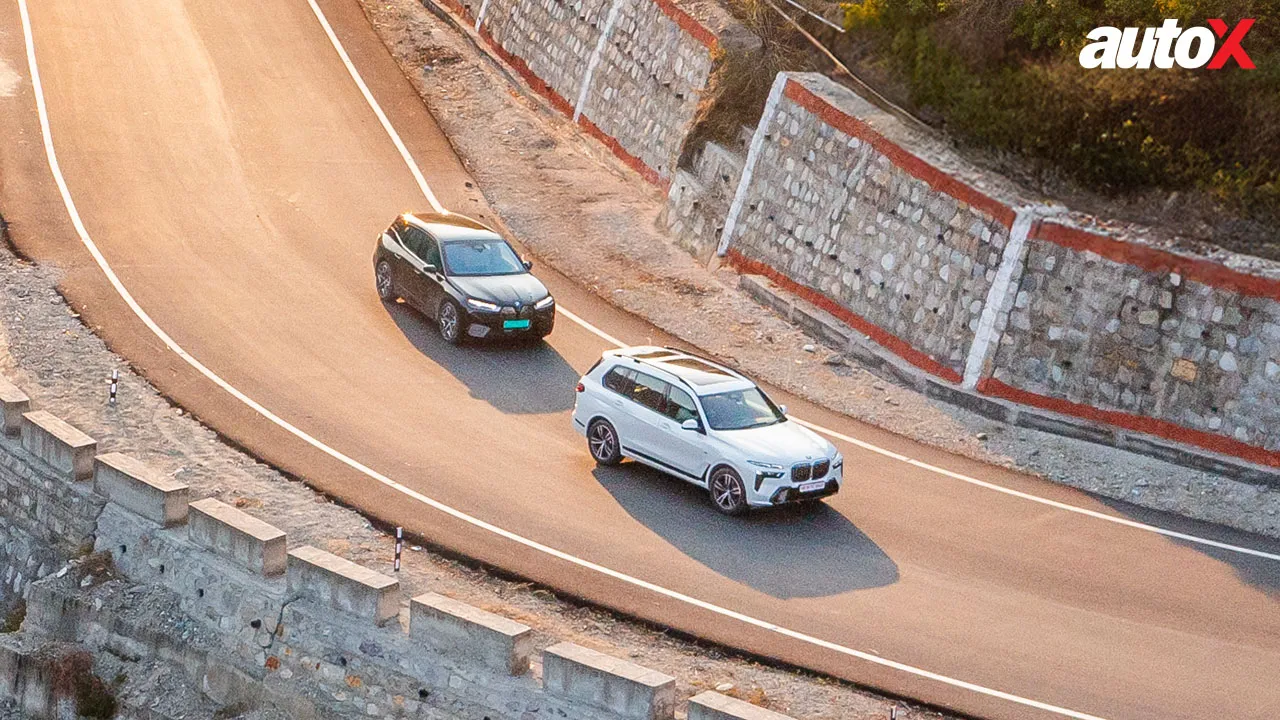
The battle between internal combustion engine (ICE) cars and electric vehicles (EVs) has been going on forever…okay, maybe that’s a bit of an exaggeration, but you get the gist. Sure, it’s not that old, but the sheer number of discussions around this topic makes it seem like it is. So, here we are again, kicking off the new year with another EV vs ICE showdown.
EVs have truly come of age now. They offer exceptional range, and with an ever-expanding charging network, they have become more popular and practical than ever. So, when the opportunity for a trip knocked on my door, I decided to take the BMW iX. It’s an EV that I really like, and I am convinced that it can handle just about anything – including a 1,000km road trip! Shivank, however, wasn’t so sure. Upon hearing about my trip – and, more importantly, about my choice of vehicle – he was quick to express his doubts. He claimed that the X7 – a ‘proper’ BMW SUV – would be a better choice for the trip. So, he decided to shadow me for the entire trip – just to prove his point.
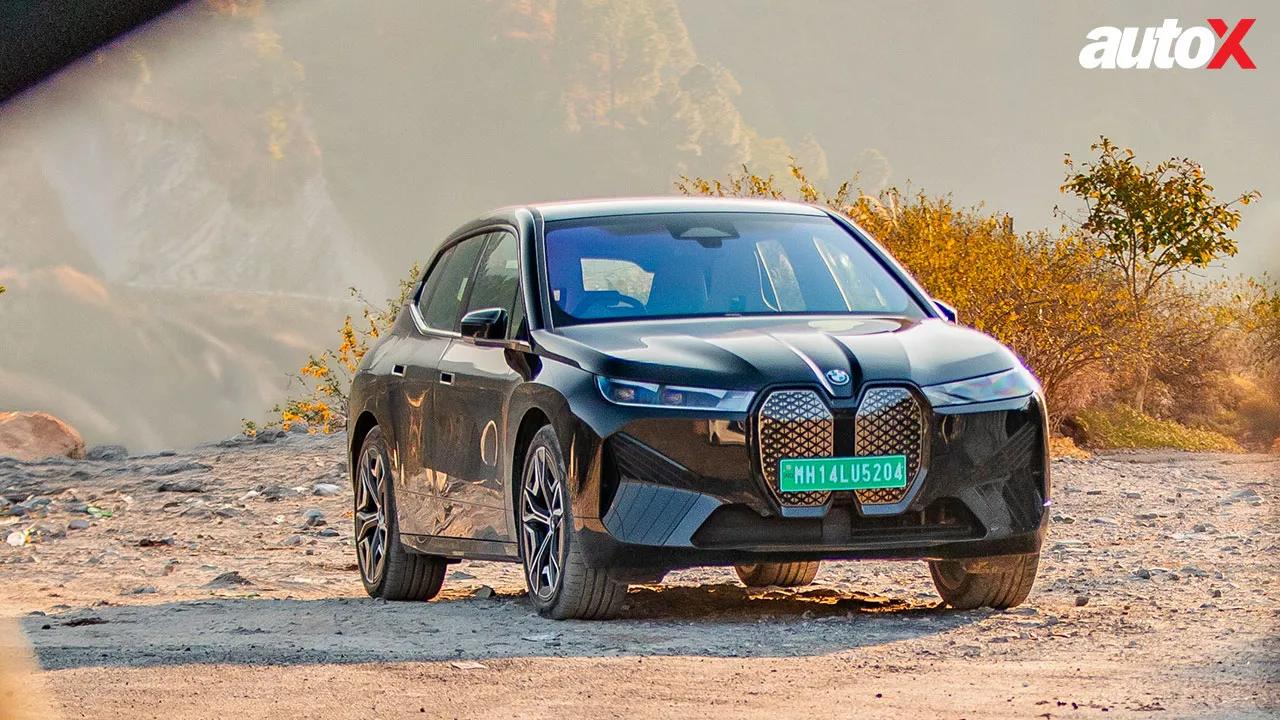
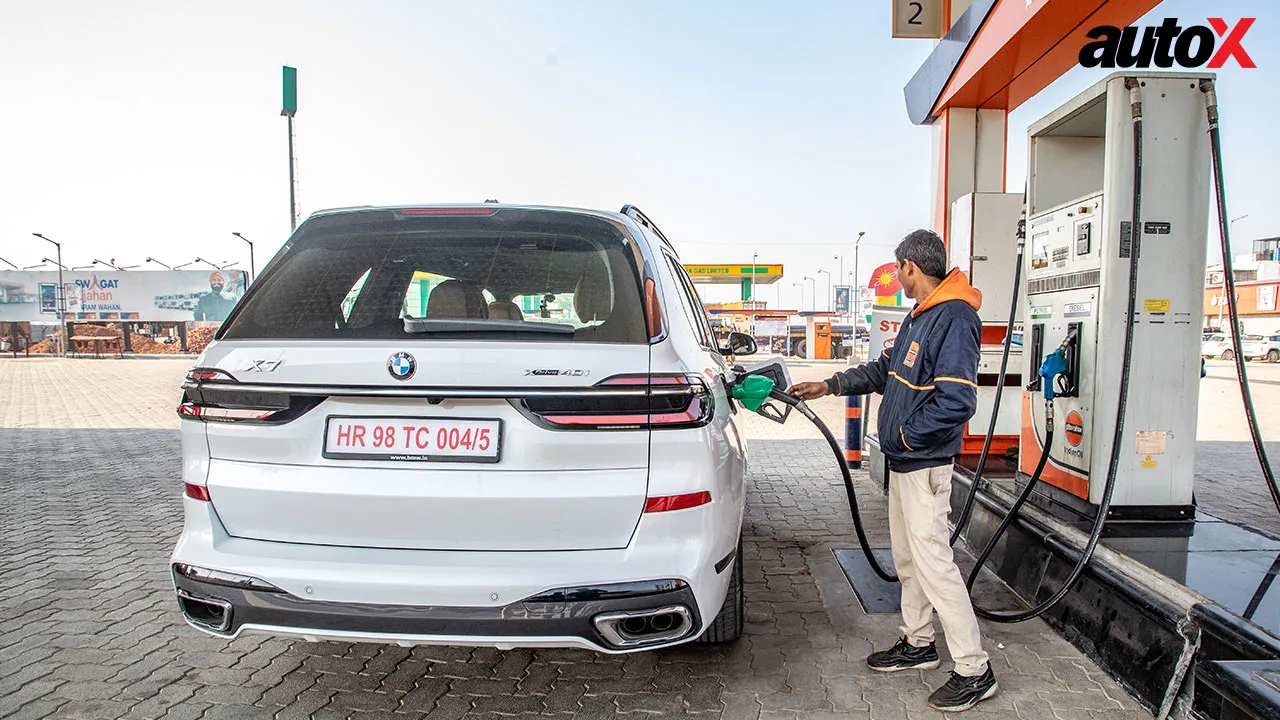
My destination was Uttarkashi in Uttarakhand – a drive of a little more than 400km one way. The journey would include a short crawl through Delhi’s traffic, followed by a leisurely highway cruise, and finally, a breathtaking ascent through winding roads.
I was confident that the iX, with its impeccale real-world range, would handle the trip without any trouble. Shivank, however, was convinced otherwise. He argued that there would be a steep drop in the iX’s range during the steep mountain ascent, and the colder temperatures would further drain the battery. And if that wasn’t enough, he also pointed out the lack of charging stations in such areas – another impediment to the whole exercise.
As it often happens at autoX, our friendly debate soon escalated into a full-fledged challenge – and just like that, off we went towards the same destination but with completely different approaches.
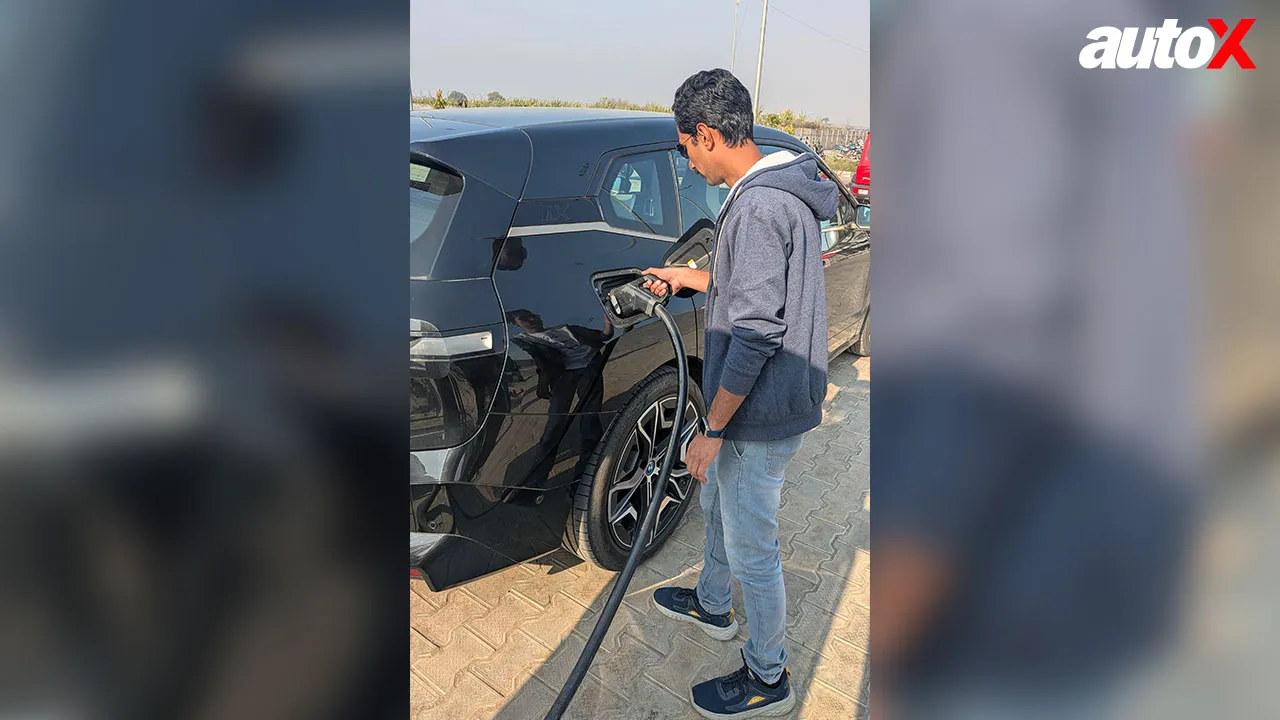
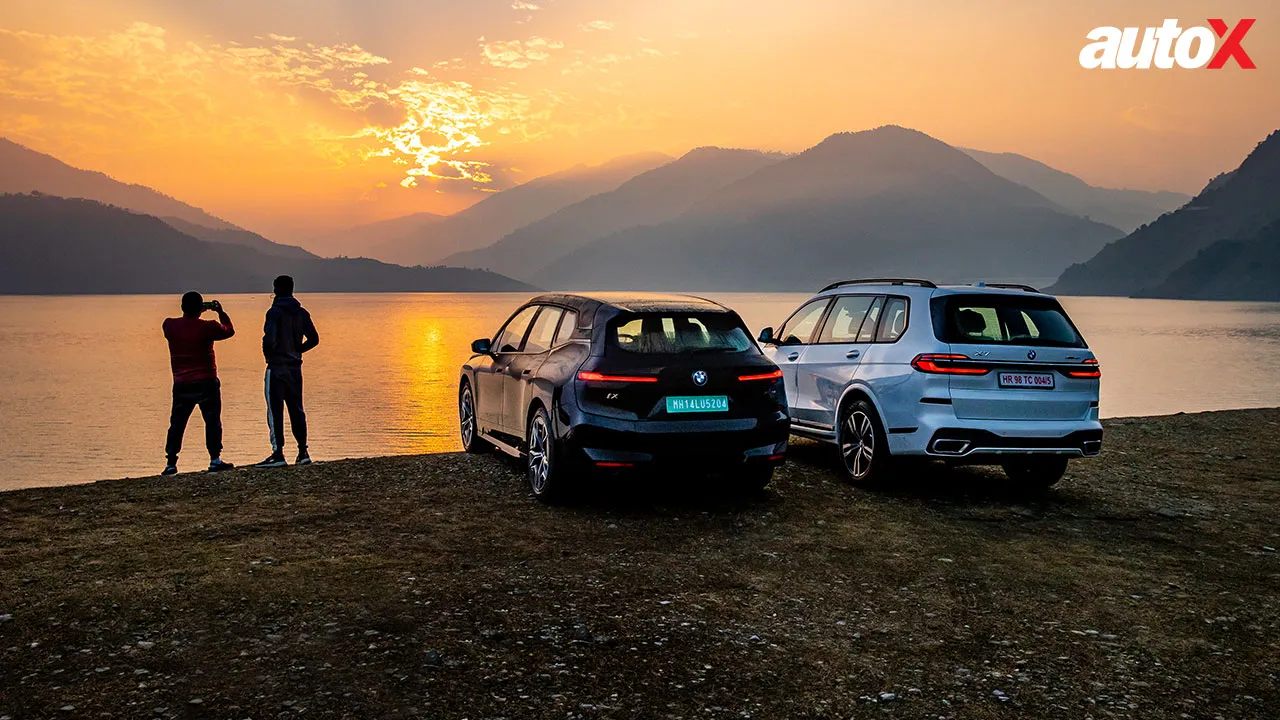
Since this was a challenge, we needed a clear condition – a qualifier, if you will. We agreed on a safety limit – if the X7’s reserve fuel light came on first, it would lose; on the other hand, if the iX’s SoC dropped to or below 10% mark, it would be game over for me. This way, neither of us would be scrambling for a petrol pump or a charging station at the last minute. With rules in place, I topped up the iX to 100%, and Shivank’s X7 guzzled down a full tank of gasoline. Now, here is a spoiler – it was a lot closer than you’d think!
BMW ix: The Electric barnstormer
Now, I mentioned in the beginning that I really like the iX EV – and here’s why. The xDrive50 variant that I picked up has more power, more torque, and more adrenaline-pumping ions coursing through its wires. The combined assault of two motors results in a whopping 516bhp and 765Nm of torque – a lot more than what the X7 spits.
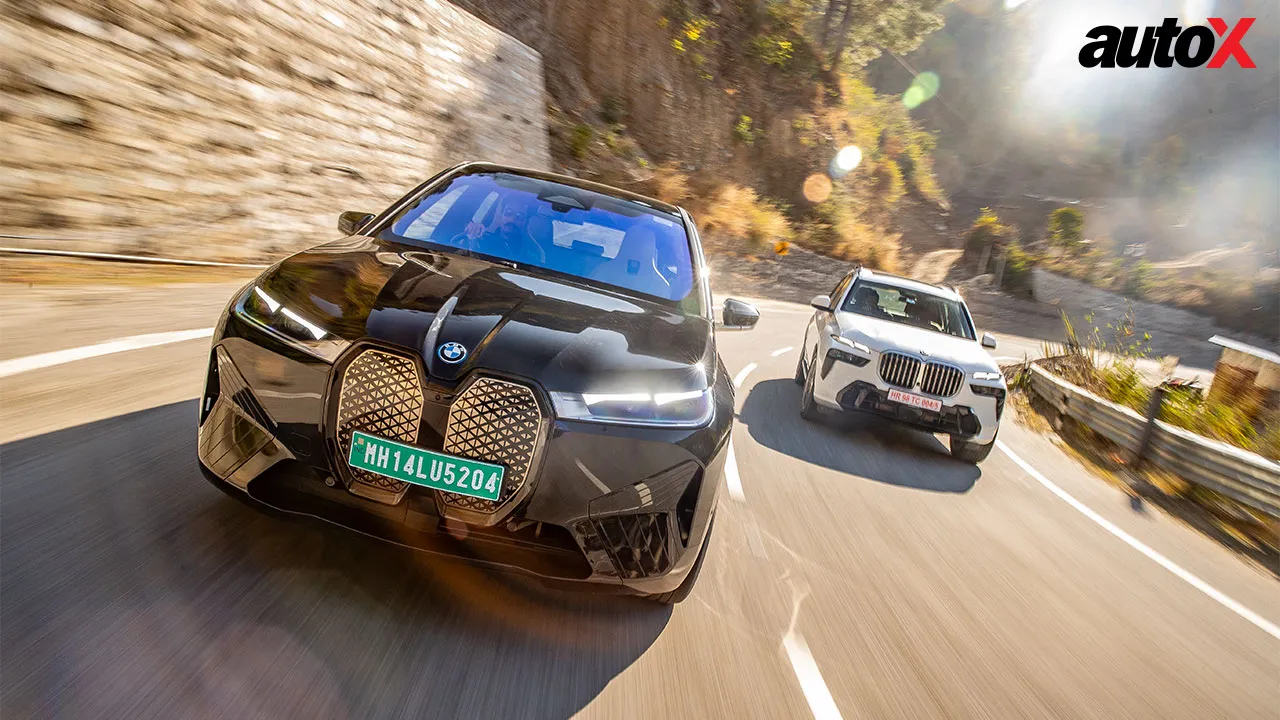
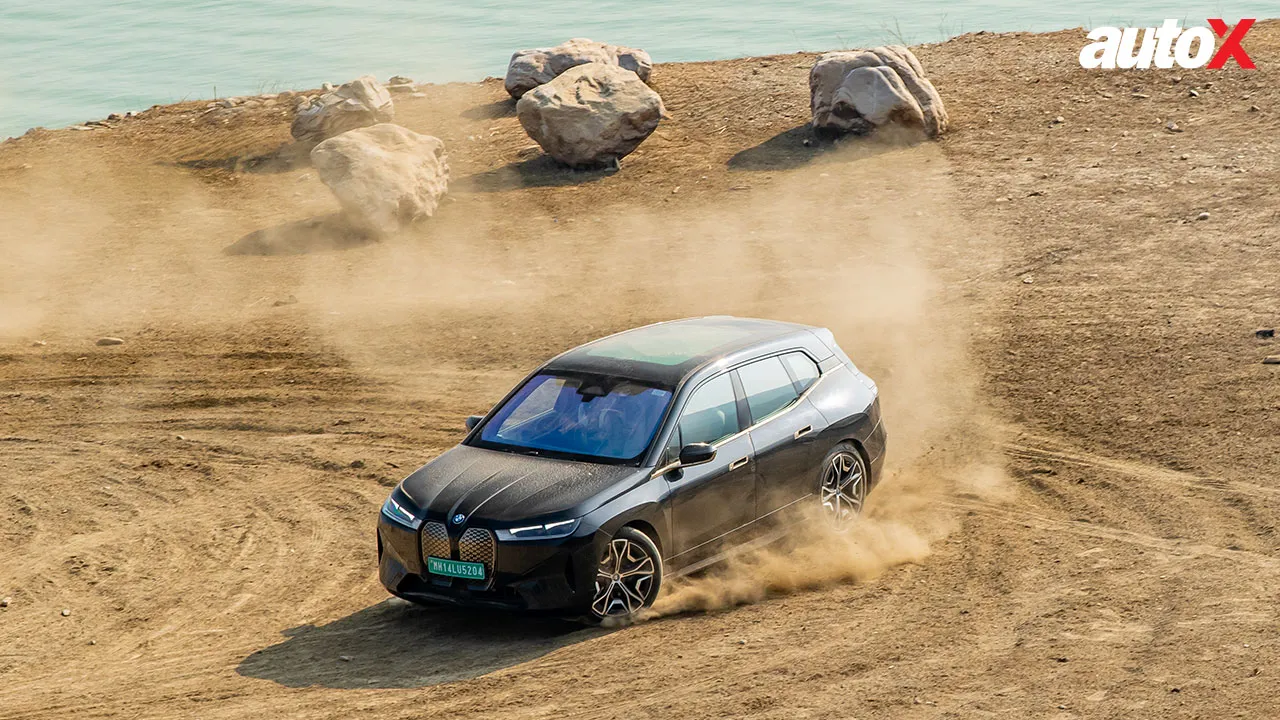
On the highway, cruising was effortless, but it was in the mountains that the iX truly came alive. The moment you mash the accelerator, the iX jolts ahead with the same urgency as electricity through a metal bar submerged in seawater. On narrow mountain roads, where overtaking can be tricky, this explosive acceleration was a game-changer.
Despite being an SUV, the iX exhibited far less body roll than the X7, offering a more composed ride. I even got used to the oddly shaped steering wheel, which offers a surprisingly good amount of feedback and feel. I could easily gauge how the tyres were interacting with the road, the required steering angle, and the kind of mid-corner adjustments I had to make to go quickly around a bend. The suspension surprised me in more ways than one. Not only was it taut and responsive but also very absorbent. At no point in my journey did I feel unsettled or uncomfortable in any sense of the word.
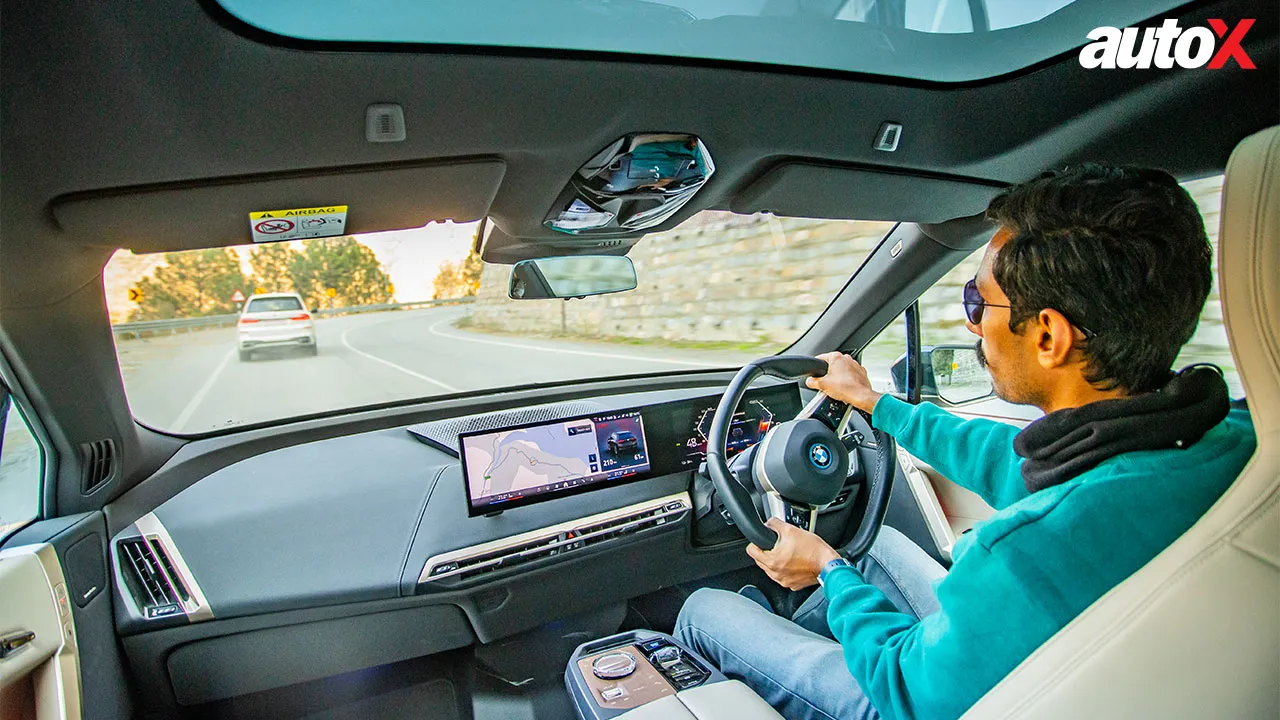
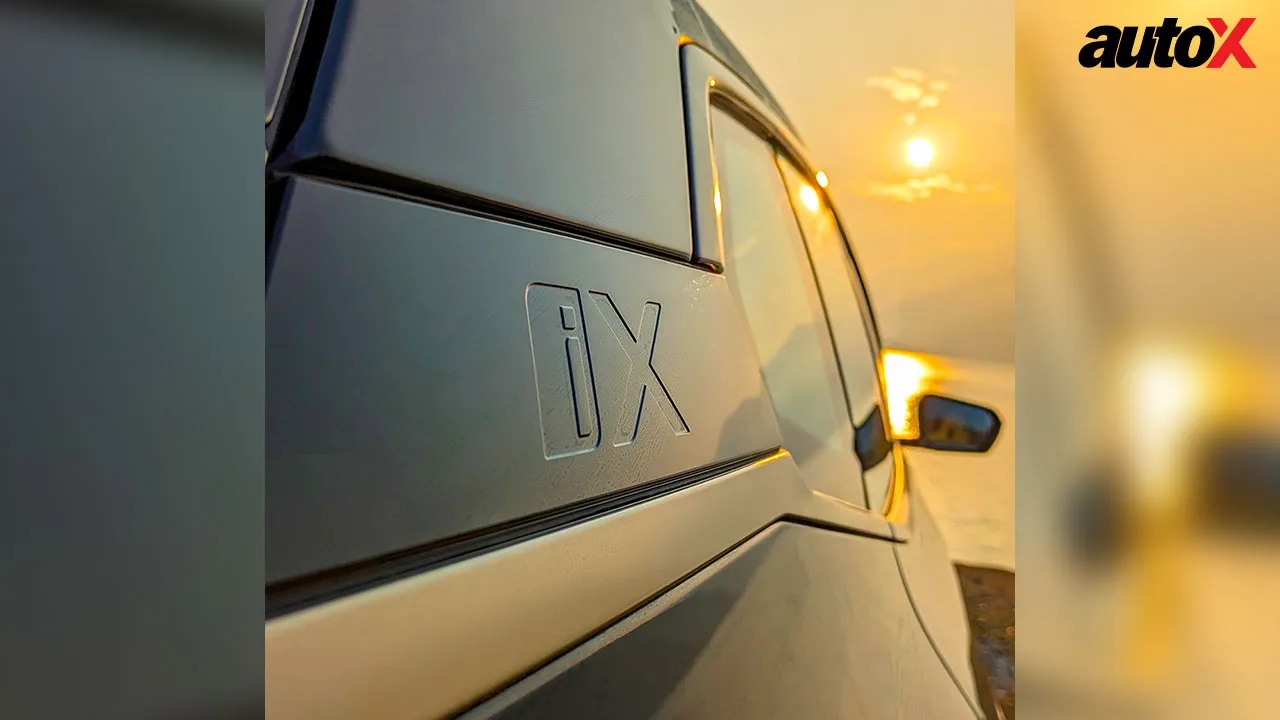
The xDrive50 variant features a massive 105.2kWh battery pack, offering a WLTP claimed range of 635km on a full charge. When we started our journey, the car displayed an estimated 524km of range at 100% SoC. However, once we hit the road, I quickly realised that this number was actually a conservative estimate. As I drove, I noticed that the indicated range was dropping slower than expected – I was covering more kilometres than I was losing in terms of estimated range. Everything was going smoothly…until I hit a few snags.
The first was Shivank’s little trick. At one point, we stumbled upon an empty patch of land, and he roped me into a dirt-flinging contest – a challenge to see who could get their car to be rowdier. While the iX has the hardware to outdo the X7, its software kicks in too early, tying your hands like a worried mother stopping her child from playing in the mud. Not only did I lose the challenge (and some ego points), but I also burned through more range than I had planned. This meant that I was forced to drive more conservatively for the rest of the journey. Interestingly, the range depletion was more pronounced on the highway, but in the hills, where I was constantly working the A and B pedals, it resulted in a gain of indicated range, thanks to its strong regen modes.
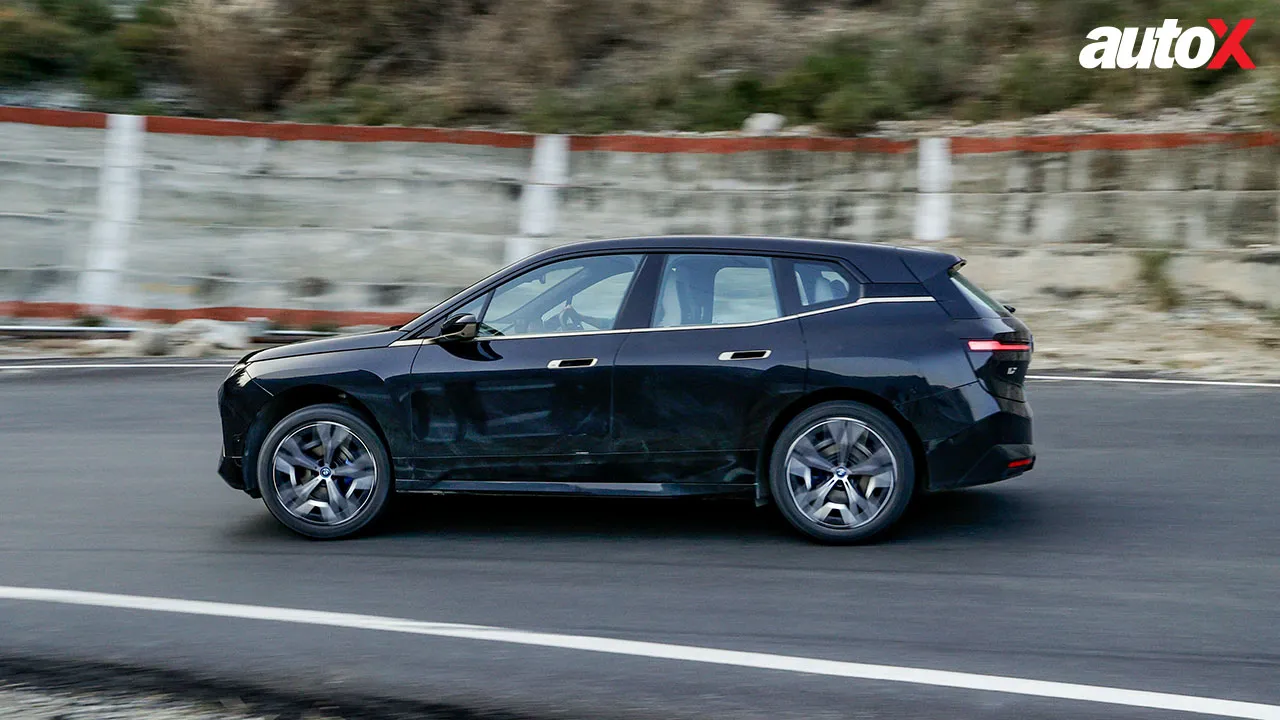
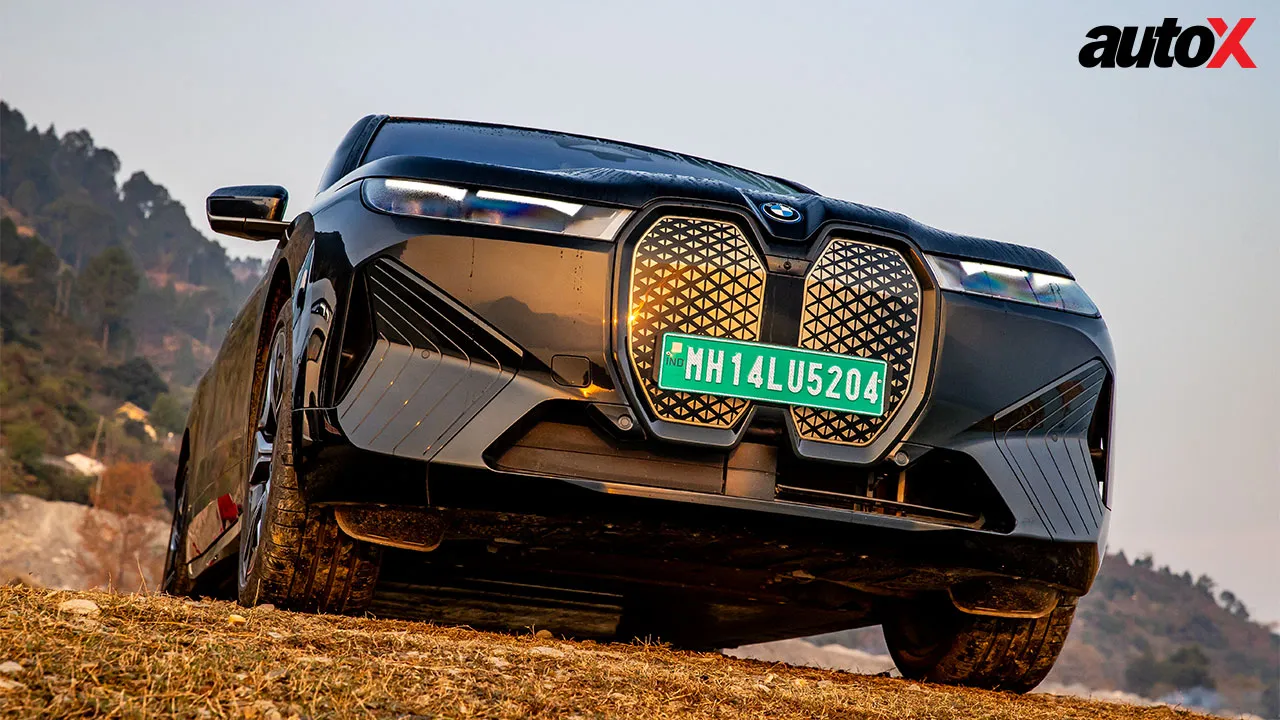
Thankfully, the iX comes with a Maximum Range Mode, which helps conserve the battery by switching off things like seat ventilation and making the SUV behave a lot more gently. While there was still enough power to climb the mountain, I had to sacrifice the quick and effortless acceleration in this mode. But at this point, winning the challenge mattered more than enjoying the SUV’s performance. If a little compromise meant winning this comparison, I was more than willing to make that trade.
BMW X7: The Fire-breathing Dinosaur
Words: Shivank Bhatt
Let me start with an honest confession – I’m a dyed-in-the-wool petrolhead. I have grown up sniffing petrol, and to my ears, the noise of an engine – or its exhaust note – is nothing less than a symphony. But does that mean I despise electric vehicles just because they lack the visceral drama of a combustion engine? Not really!
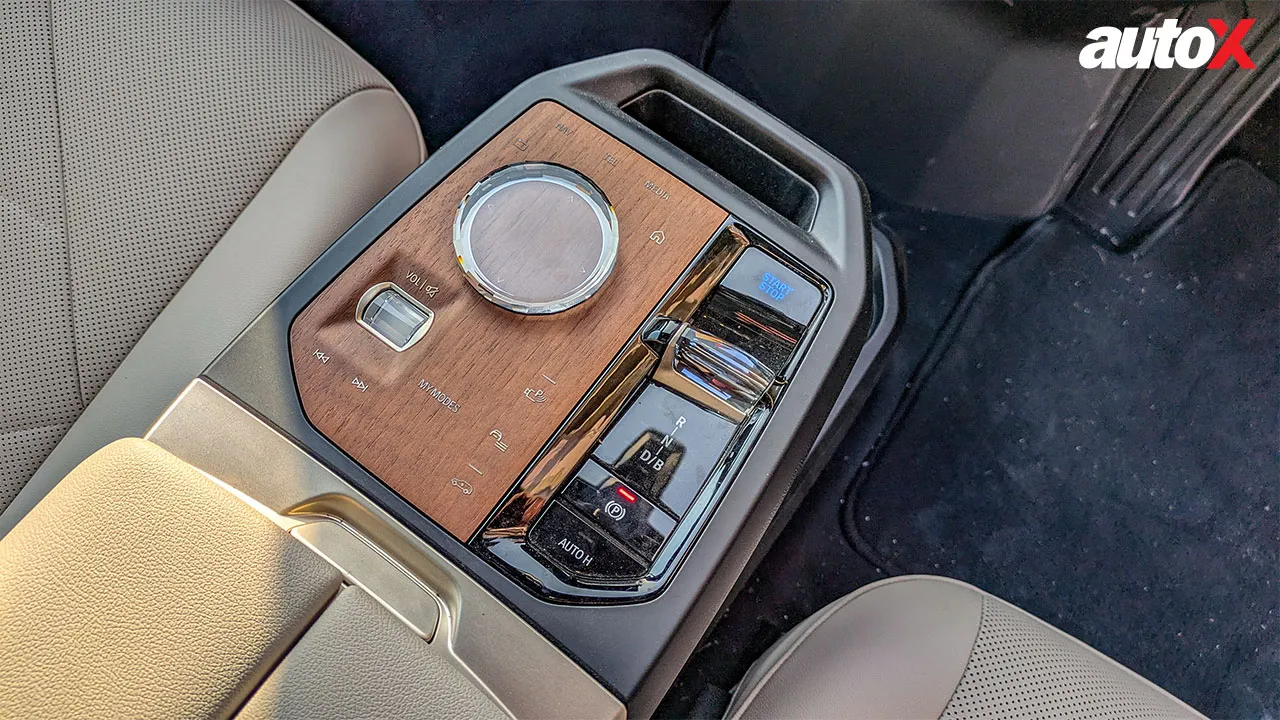
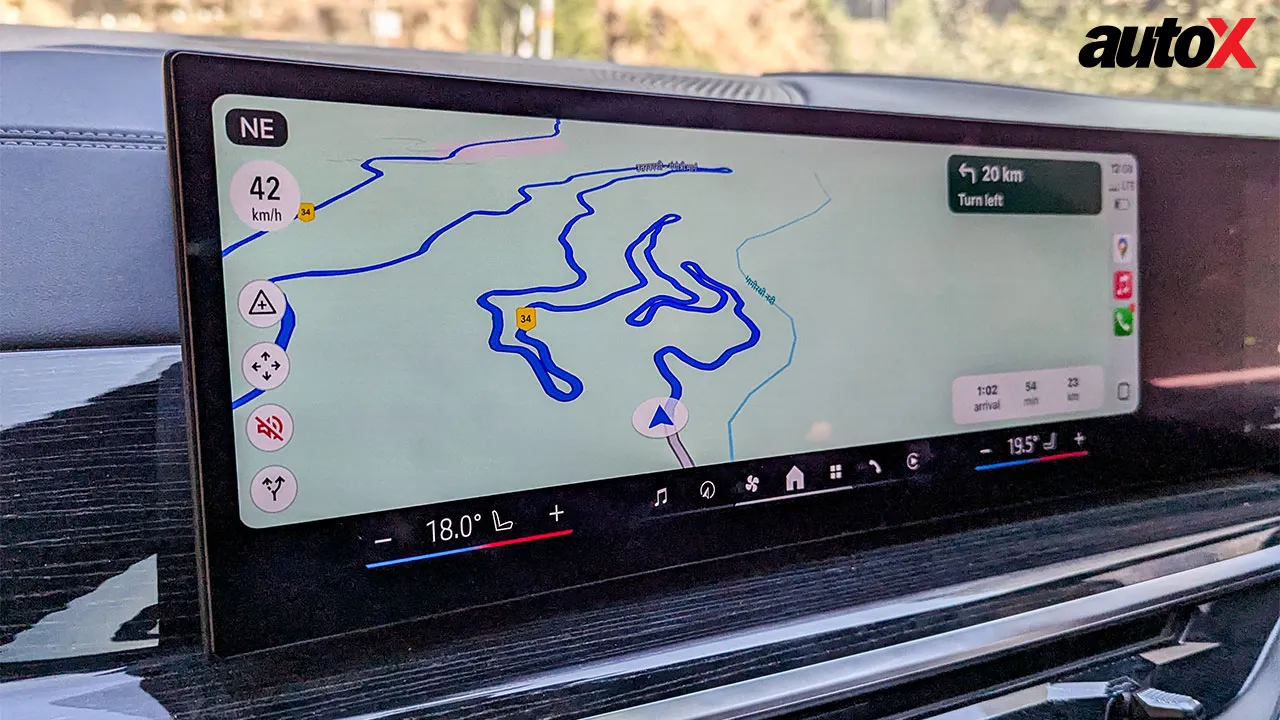
If I am being honest, I actually prefer driving an EV instead of a petrol or diesel vehicle these days for the simple reason that I find them more exciting and fun. But that’s for my daily commute.
Take an EV on a road trip, and it’s a completely different story. Frankly, EVs feel completely out of their depth during long-distance travel. You constantly have range anxiety, and there’s a lot of guesswork in terms of charging networks, especially in remote areas. All this saps the fun out of a road trip. So, what’s the point, really?
That’s precisely why I picked the X7 xDrive40i for this adventure. It costs more or less the same as the iX, but you see, it’s the real deal. It’s a mahoosive SUV, powered by a 375bhp/520Nm producing 3.0-litre six-cylinder turbo petrol, and while it may be taller than the Leaning Tower of Pisa, it beggars belief how well it drives and handles. And, yeah, it comes with something called a fuel tank – an 80-litre one, to be exact. And guess what? You can fill it up anytime, anywhere. Convenient, isn’t it? Tell that to Aakash…
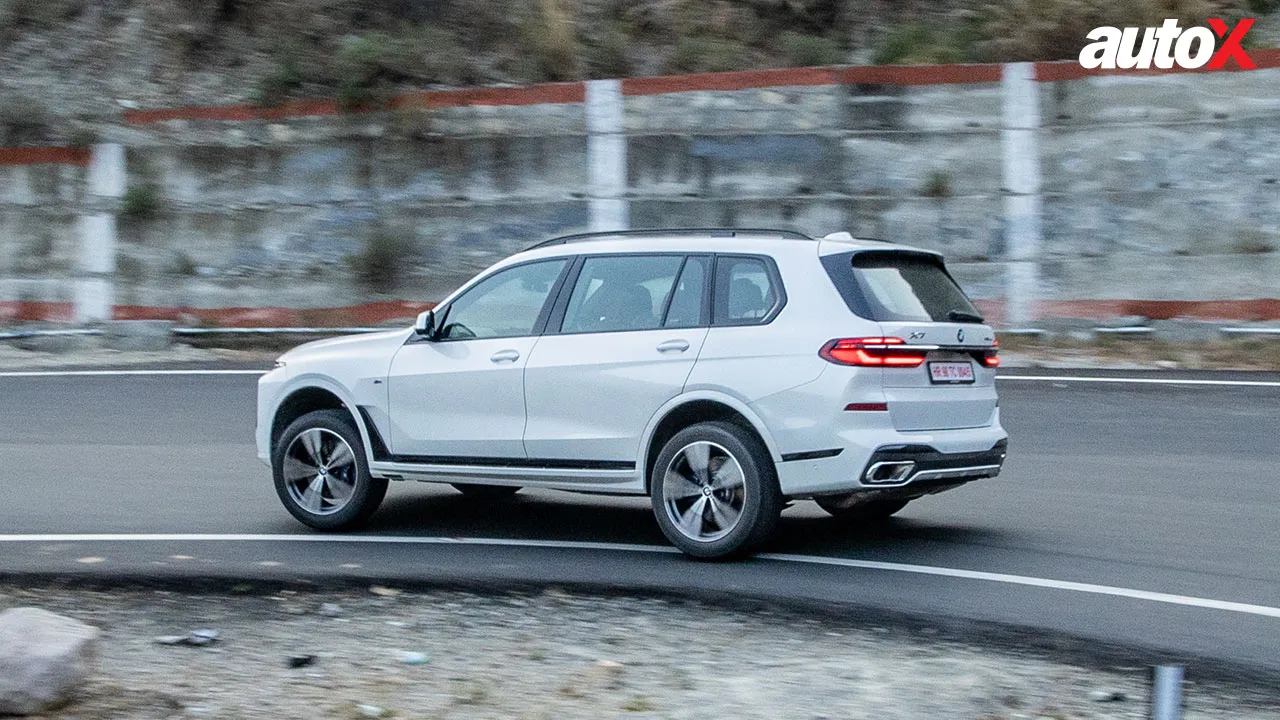
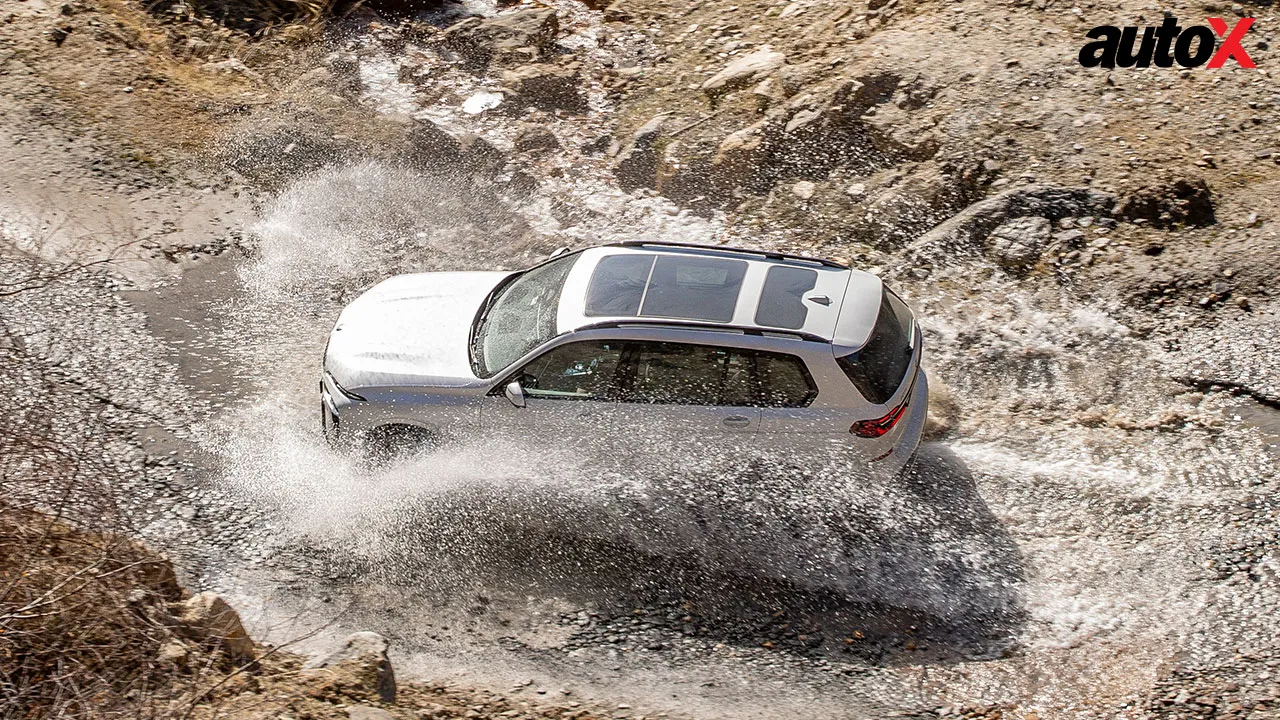
When I left Delhi with a tankful of fuel, the X7’s display showed a range of 780km. Of course, it had to be taken with a pinch of salt because, let’s be honest, there’s no universe in which a luxo-barge like the X7 would deliver that kind of fuel economy. Firstly, it’s a heavy bruiser, and secondly, it’s simply impossible to drive it with a light foot – because that B58 engine is as addictive as a drug! It’s the same engine that you get in the likes of the M340i and Z4, so it’s quite sporty. As a result, you always end up revving the nuts off it, irrespective of where you are.
That’s good for the enthusiast in you but bad for fuel economy – which is why I lost nearly 200km of range after covering just 115km of the journey! In the hills, the X7 is even more fun. The body movements are taut, the steering is sharp, and the noises (turbo whistle + induction + exhaust) that follow suit are glorious. On long and flowing mountain roads, with an able driver behind the wheel, I’d bet that it could keep up with any sports sedan, let alone a 500bhp EV. Of course, when pushed hard, it leans on its side like a speed boat, but it grips and grips and never falters. It’s simply brilliant. Plus, when the need for speed fades, just switch to Comfort mode, and suddenly, it transforms back into a luxury SUV. Its stellar ride quality and excellent ground clearance on bad roads are two things that the iX can only dream about.
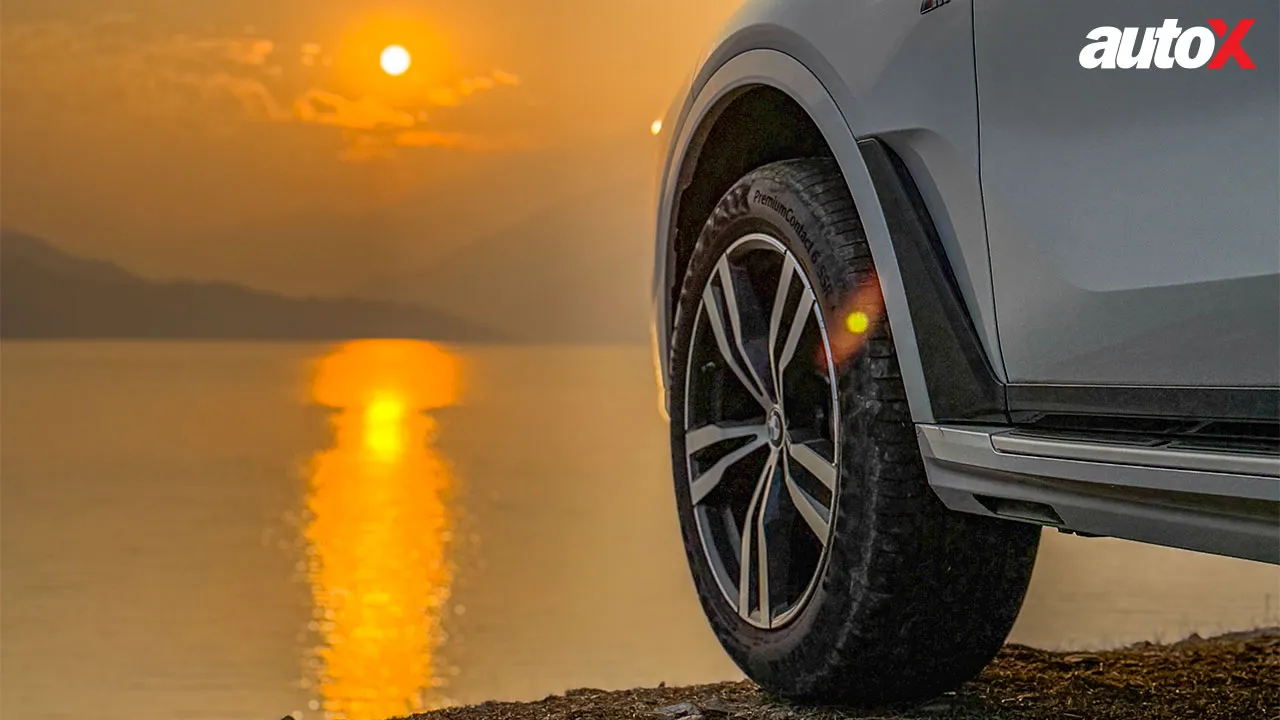
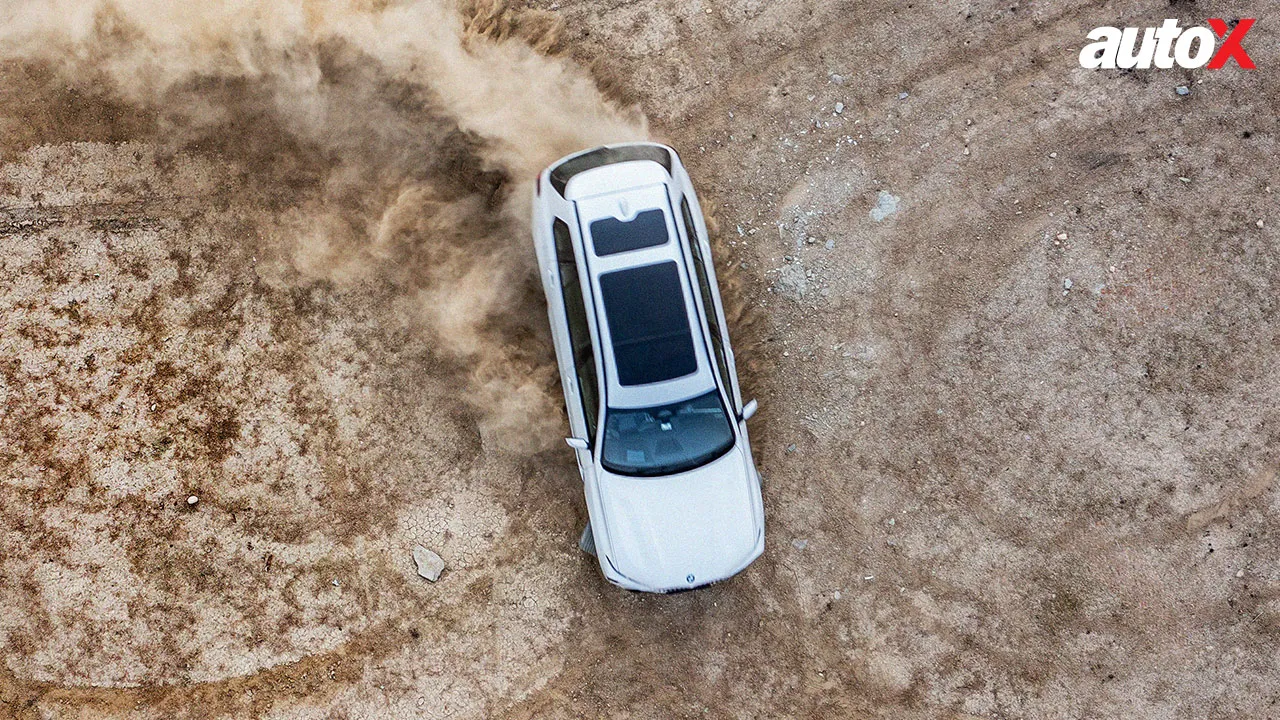
That said, when the aim is to conserve every last drop of fuel, I must admit that the X7 is a lot thirstier than a marathon runner at the finish line – you’ll see exactly what I mean in the final pages.
Range report
Let’s cut to the chase. The X7 trumped the iX in this test, although it was by the smallest of margins! The iX hit the 10% SoC before the X7’s fuel reserve warning came on. However, that doesn’t paint the full picture. Just look (check the adjacent pictures) at how evenly matched the two were. From the start point, the iX managed to cover 365km before it conceded defeat to the X7. Although it took roughly 25km (390km) more for the X7 to hit the reserve. Both the vehicles were driven at more or less the same pace, maintaining nearly identical average speeds. That’s quite close, and we certainly weren’t expecting that!
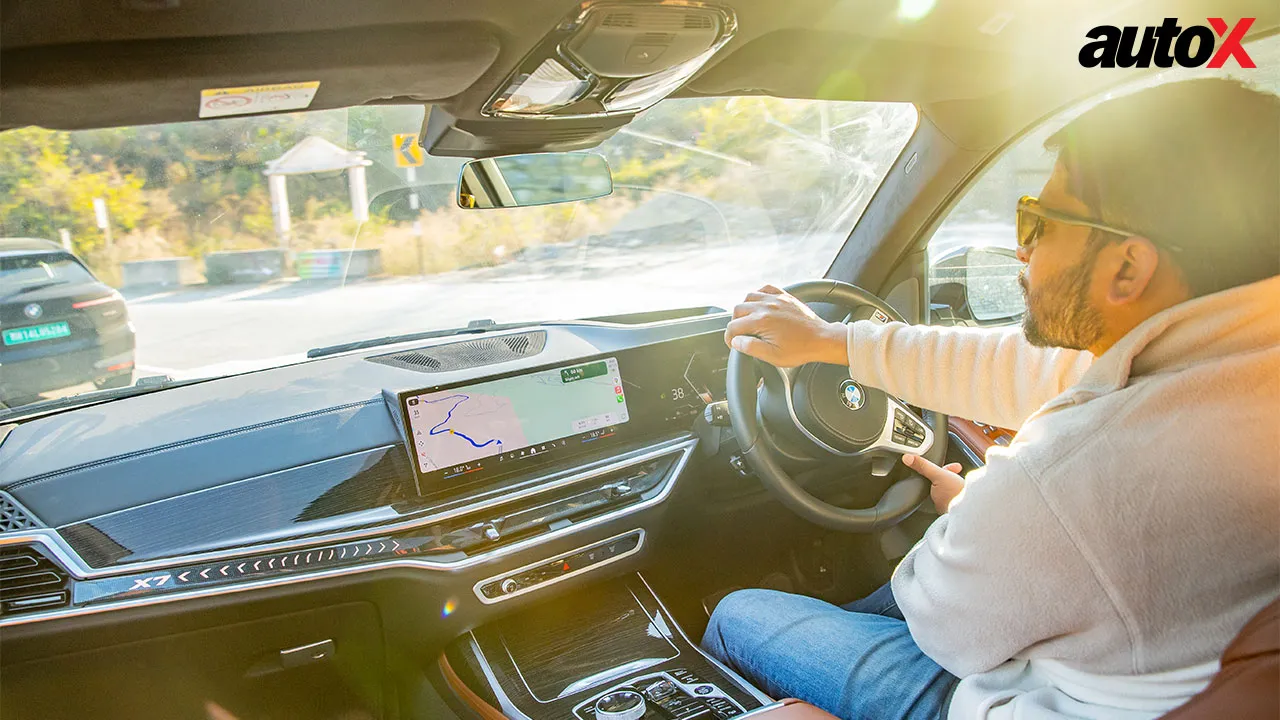
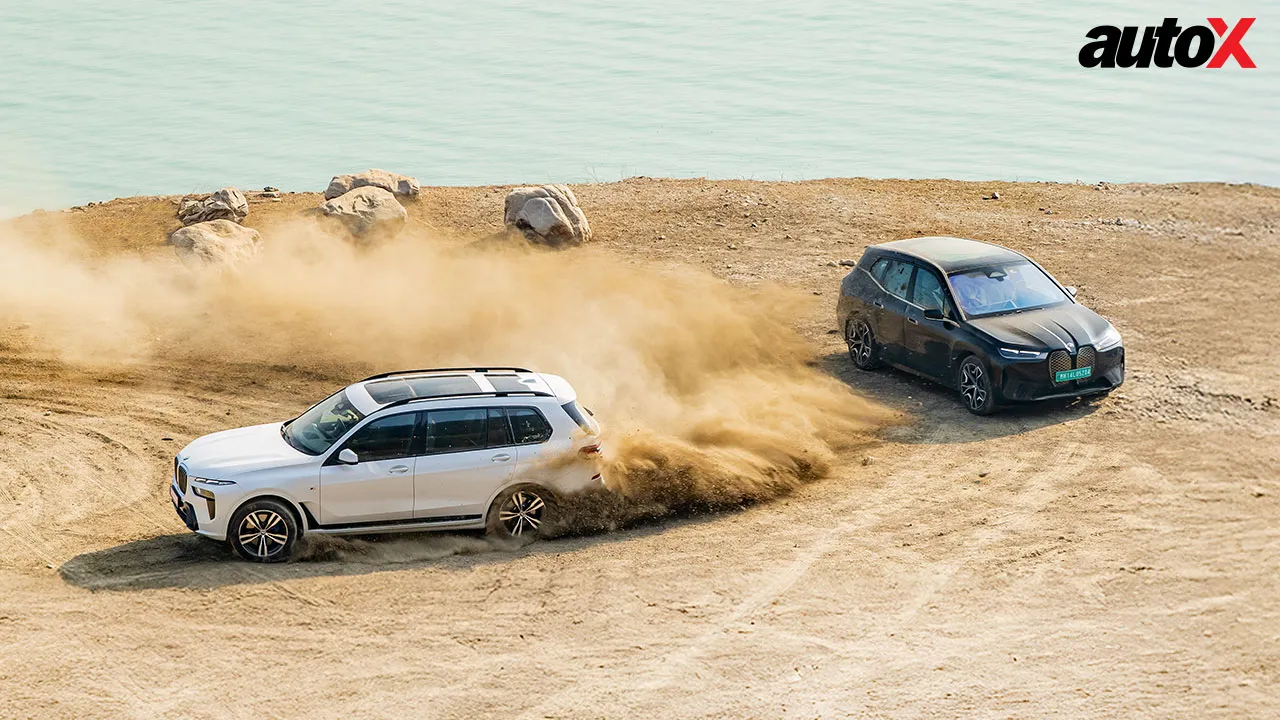
Now let’s crunch some more numbers. The fuel expenses incurred on this trip for both vehicles. The EV, first. We used public fast chargers (60kW) to juice up the iX and it cost us ₹21/kWh. So a full charge was for about ₹2,200. Based on our experience and calculations during the trip, the iX would have easily done 420-430km on a full charge. Now, that translates to a cost/km of just ₹4.5 to 5! So, considering we did close to 850km (round-trip), the total cost of charging came out to be around ₹4,300. Staggering!
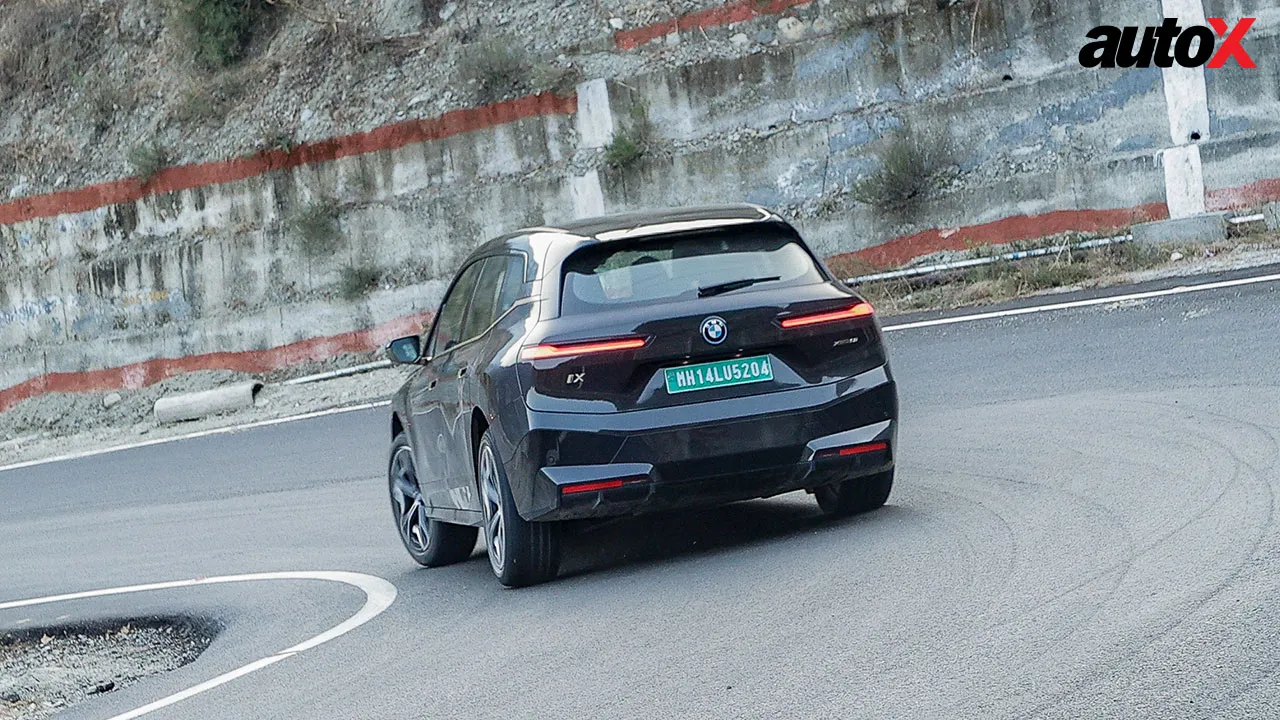
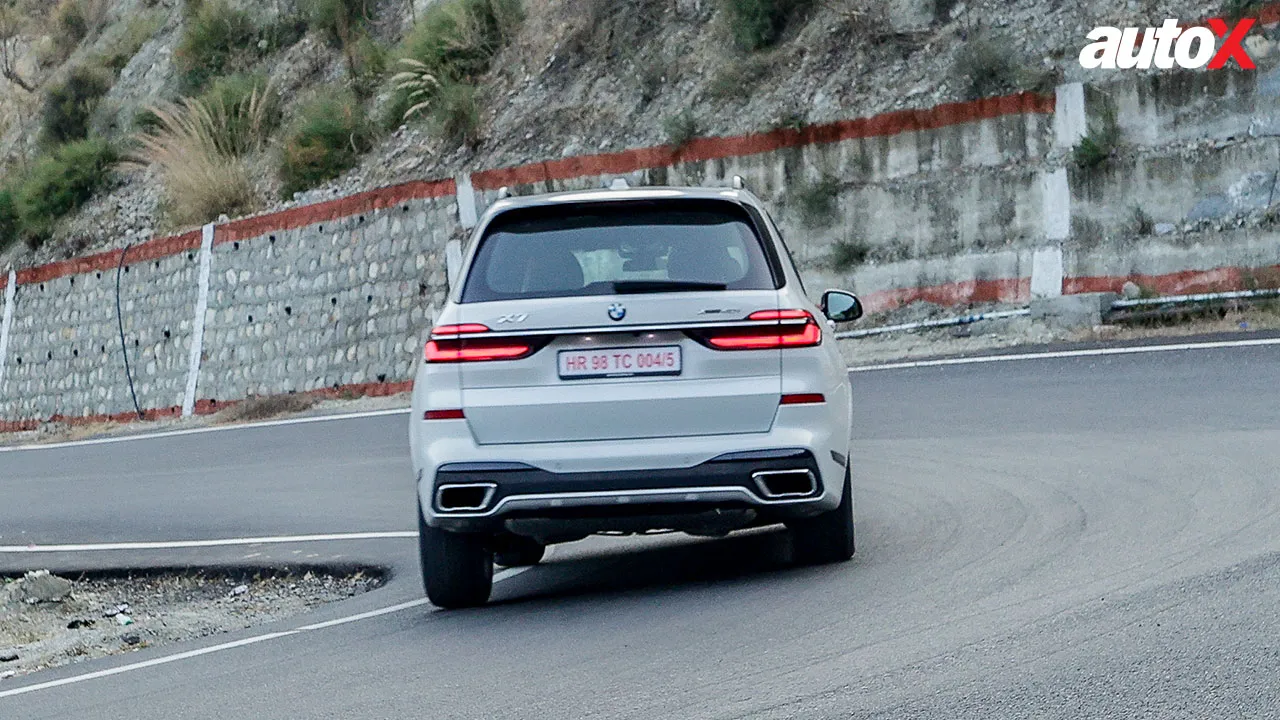

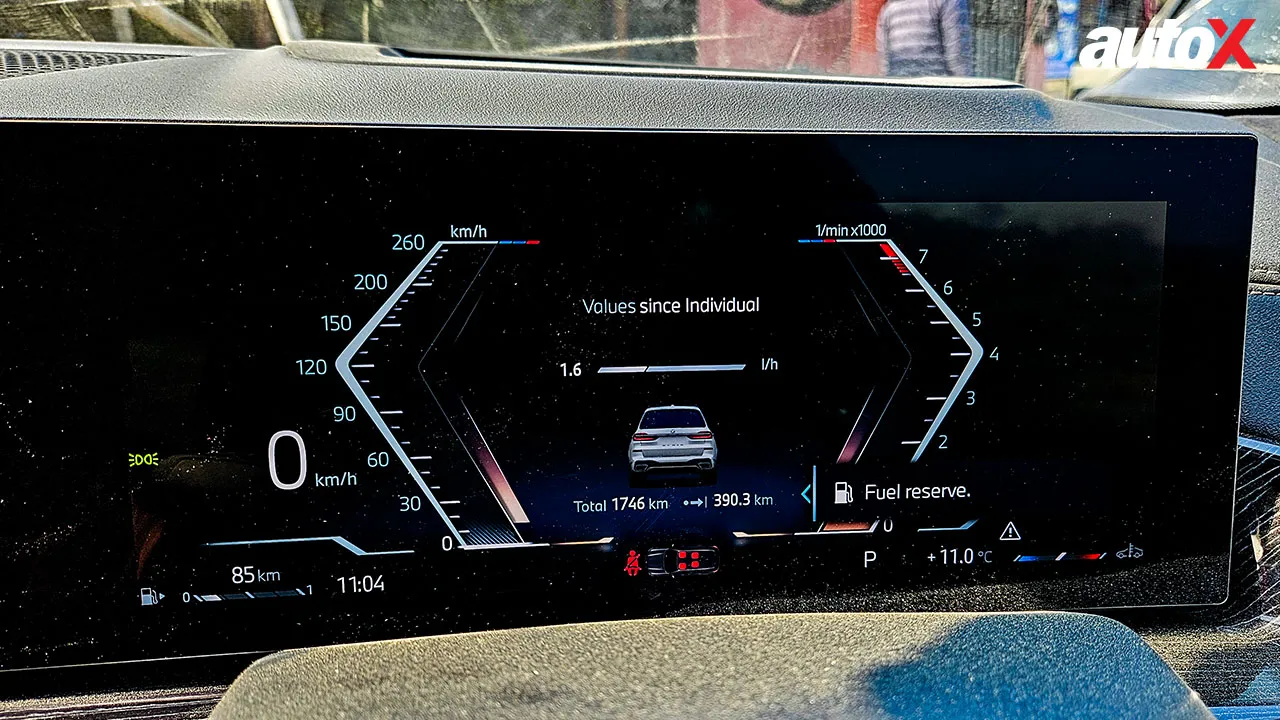
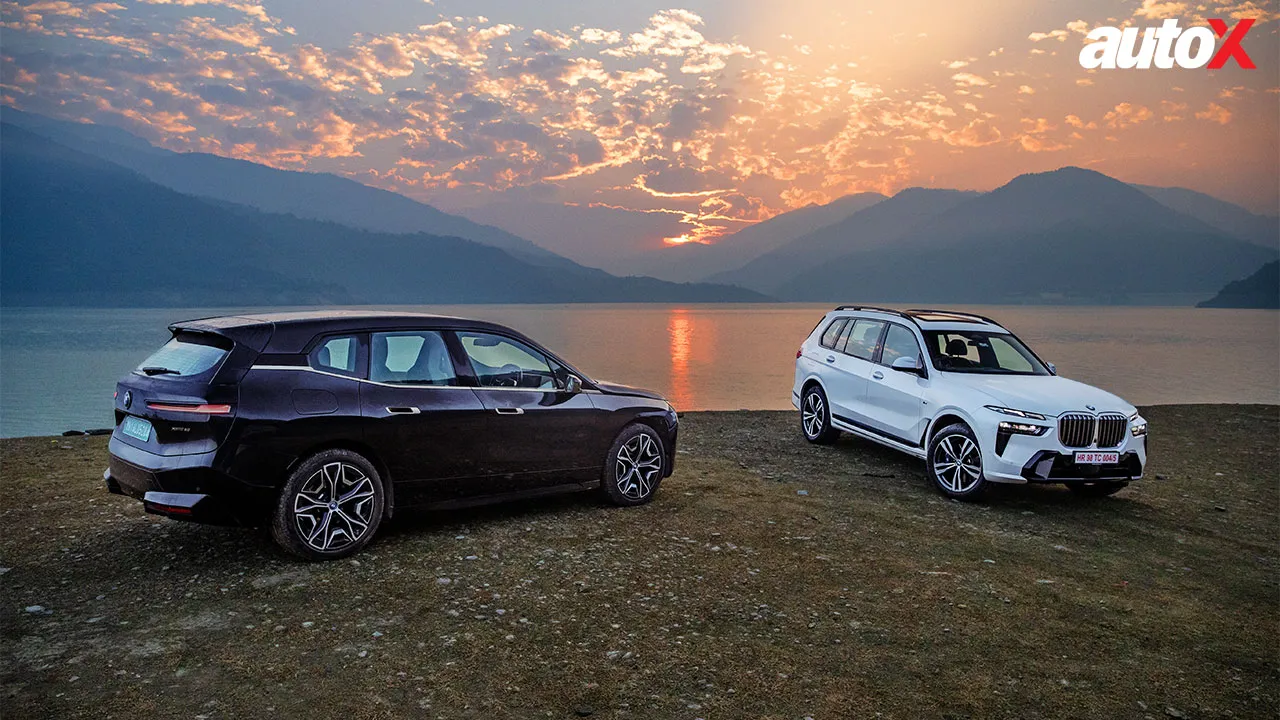
Now, the X7. Well, it’s one heavy drinker, let’s just say that. We ran a reserve-to-reserve method to calculate the fuel economy during the trip, and the numbers turned out to be eye-watering, at least for Shivank! The X7 was gulping petrol at the rate of 15 litres per 100km! That translates to 6.6km/litre. Considering the average price of petrol ranges between ₹95-100, the cost/km comes out to be ₹15/km. And that multiplied by 850km equals nearly ₹13,000, which is close to three times of what the iX cost us during the trip! Want to know what is even more interesting? If you charge the iX at home, at least on the first leg of the journey, you would only end up paying ₹700-800 for a full charge, meaning a cost/km of just ₹2! Even if you happen to have a bottomless pit of money, that kind of difference is enough to make any grown person cry!
So, yes, Shivank and the X7 might have won this challenge, but you have got to ask... at what cost?
----
I noticed that the indicated range was dropping slower than expected...
It comes with something called a fuel tank, and guess what? You can fill it up anytime, anywhere!
Sidenote
Regardless of their mode of propulsion, SUVs aren’t really cut for hustling around corners. But, then, as we have so often seen and experienced with BMW SUVs, they don’t quite stick to the memo – they can handle the bendy bits, and how! The iX and X7 are no different. While they are sumptuously comfy to travel in, this doesn’t stop them from offering a remarkable driving experience. However, that’s not to say that they do things in the same manner. In fact, they are as different as chalk and cheese! The iX is a typical EV. It goes like stink in a straight line, but thanks to its low CG and sophisticated suspension, it can attack corners like no one’s business! It kind of surprised us with its composure, as it can corner without tossing you around. The X7, on the other, as you can see in the picture, rolls a lot more and definitely looks sloppier from the outside. But, from behind the wheel, it’s brilliant! Its quick steering and roadholding are impeccable. Not to mention, it rides better, and has more ground clearance. And while both the iX and X7 run on massive wheels – 22-inch and 21-inch, resepectively – the X7’s tyres are better suited for our bad roads. The iX’s P Zeros, meanwhile, turned to be quite puncture prone.

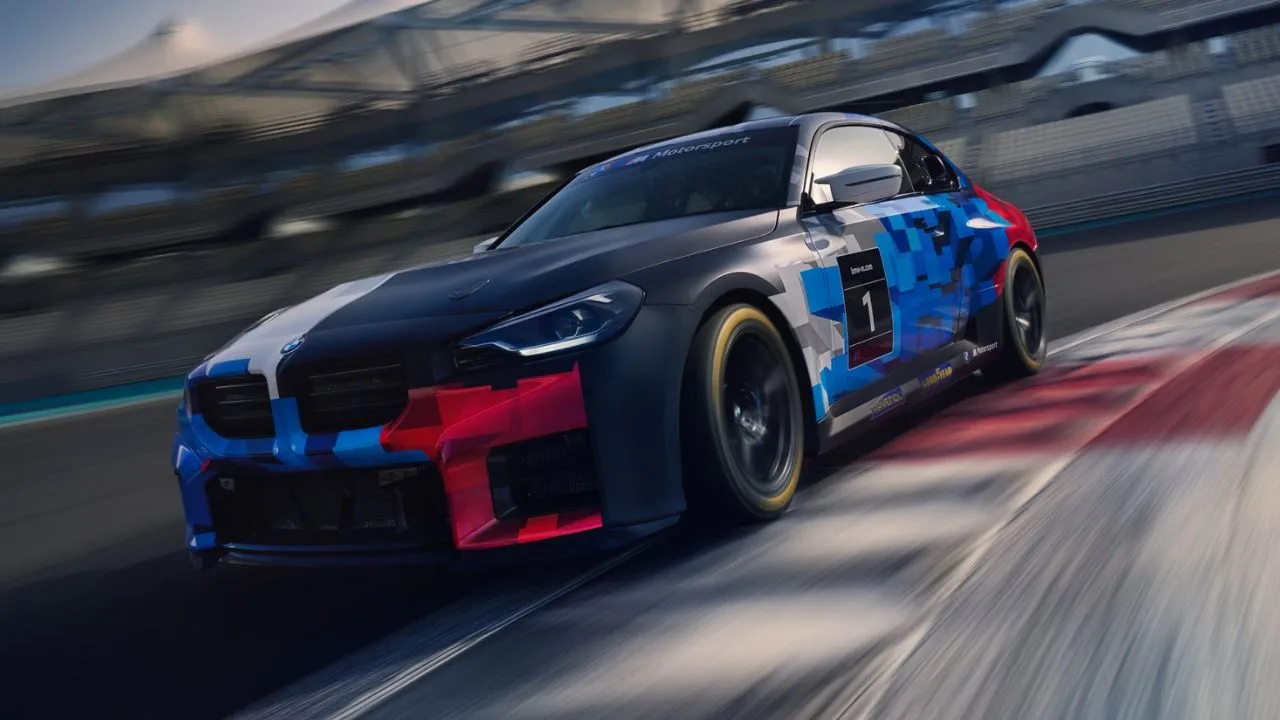
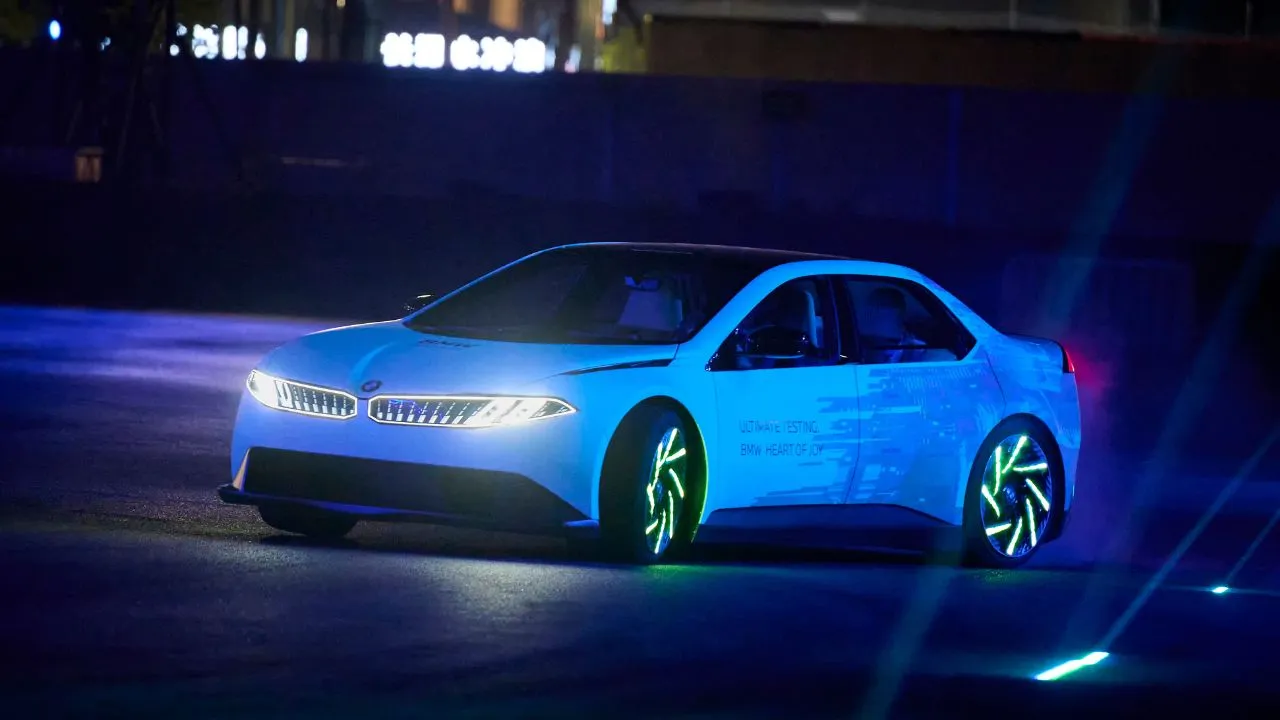
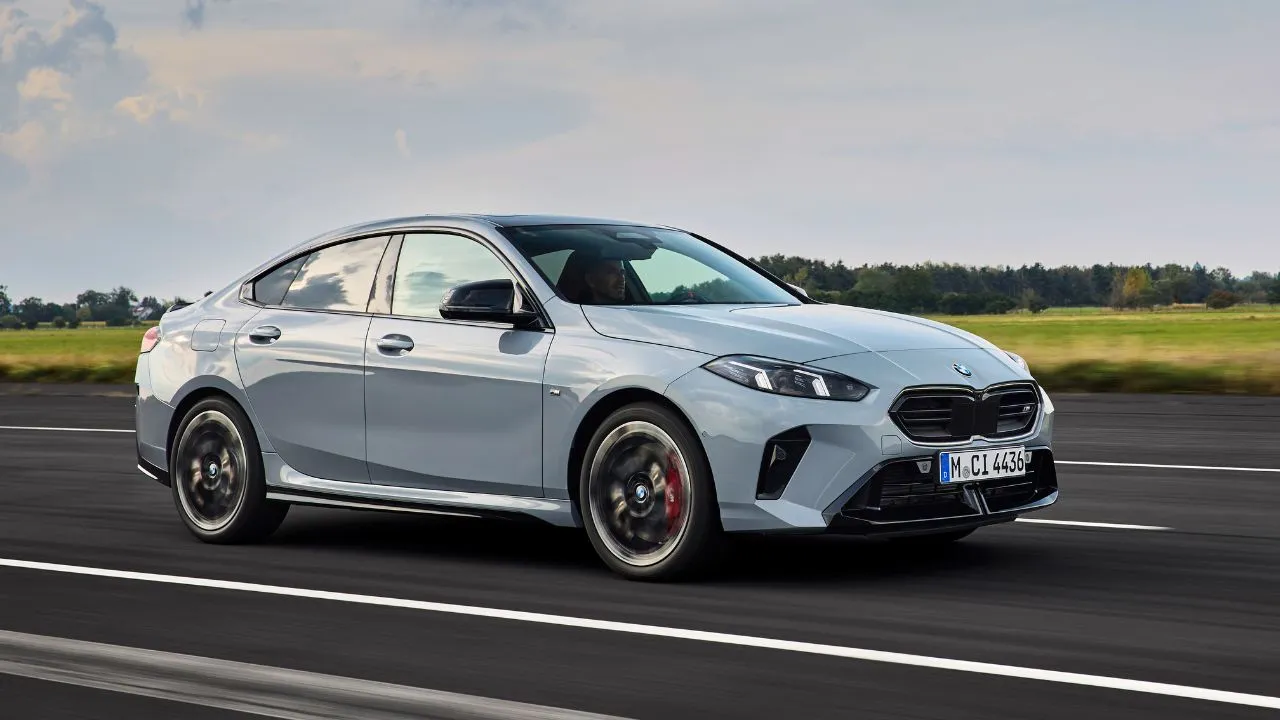

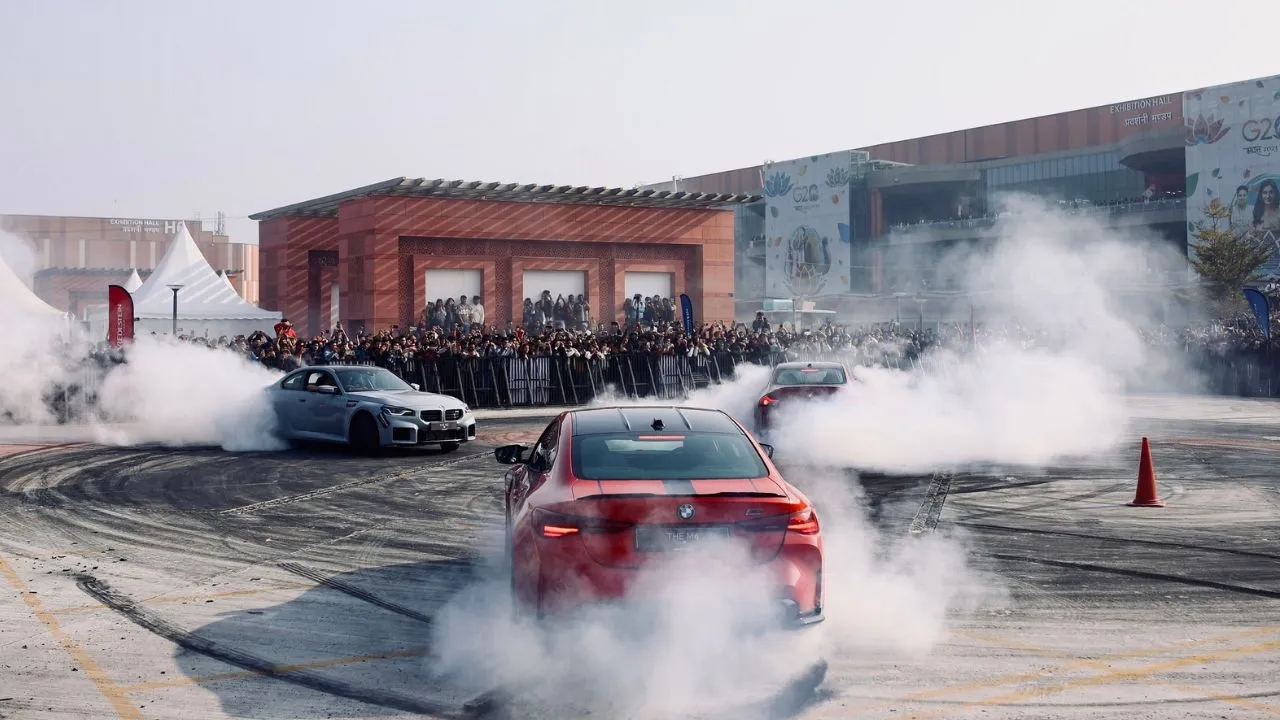

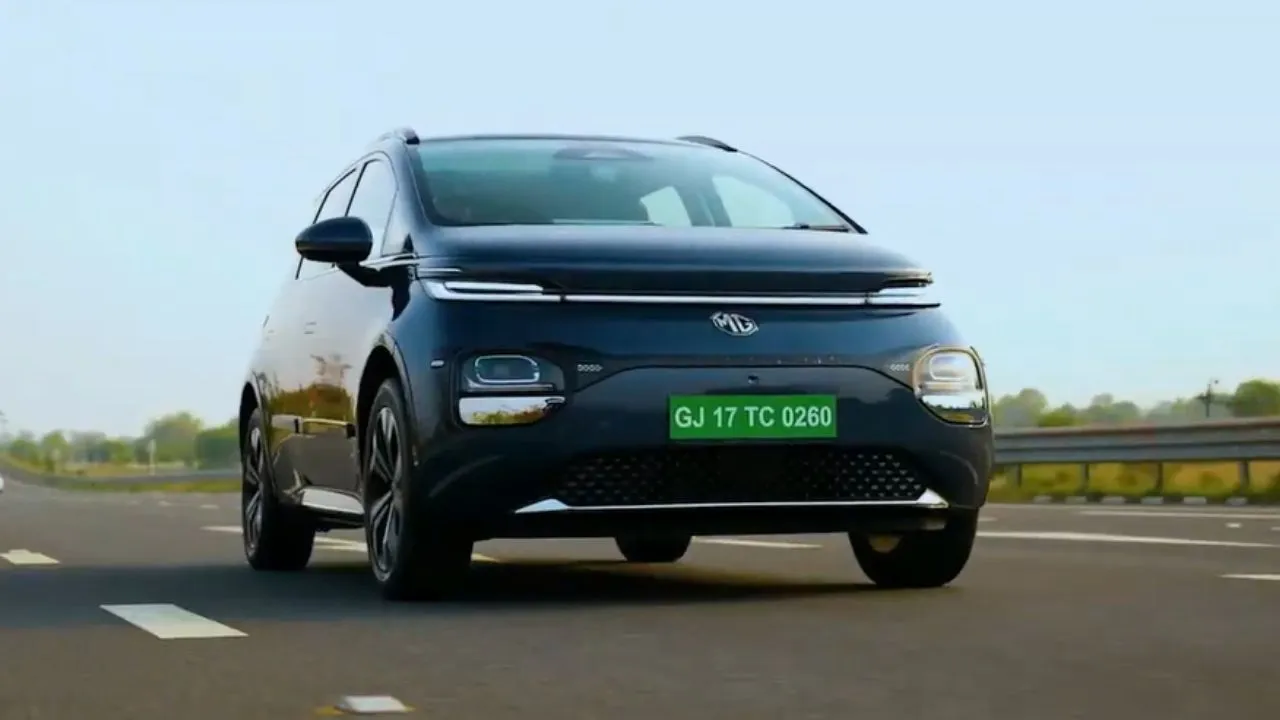
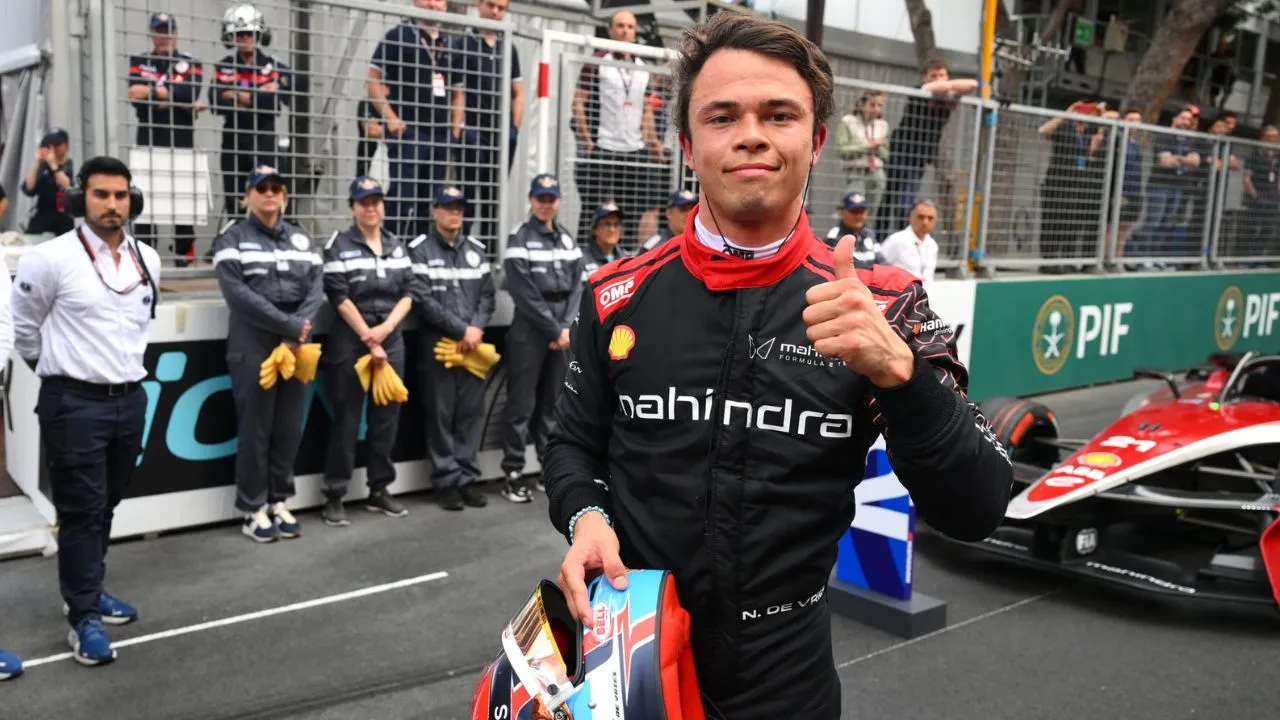

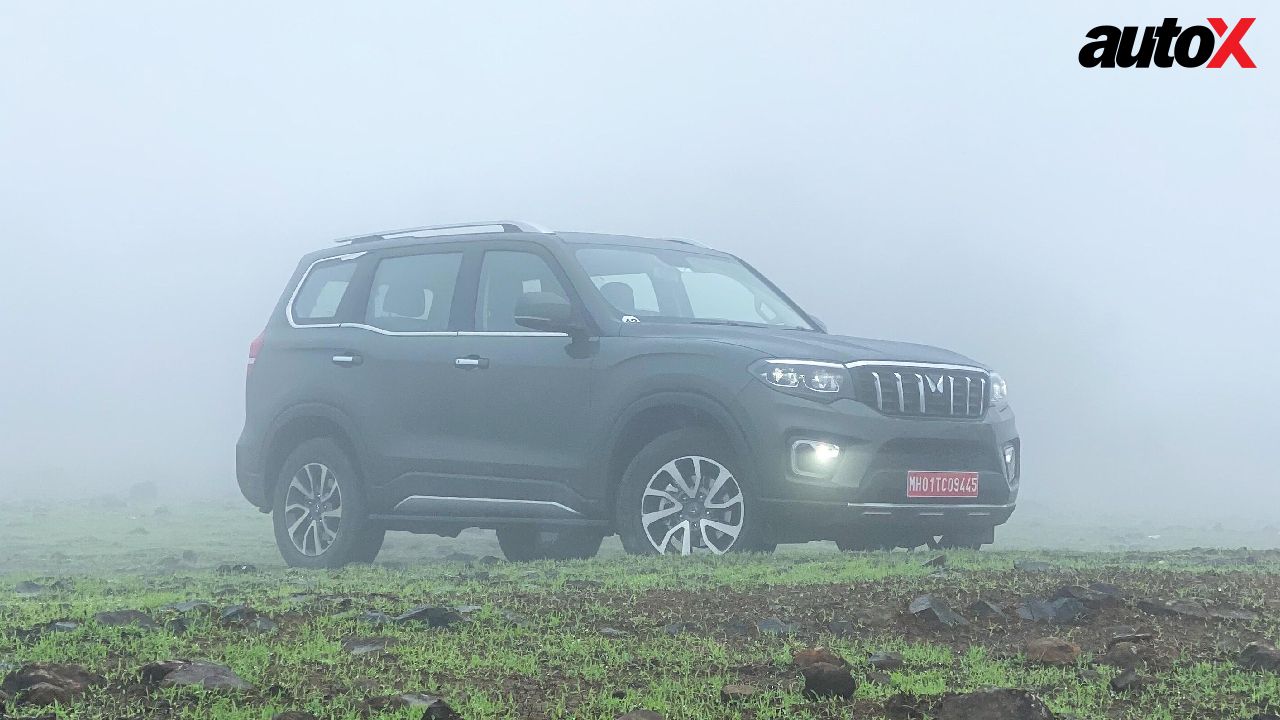
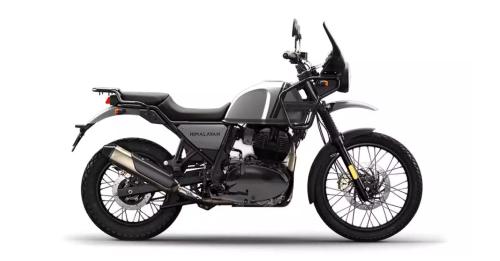
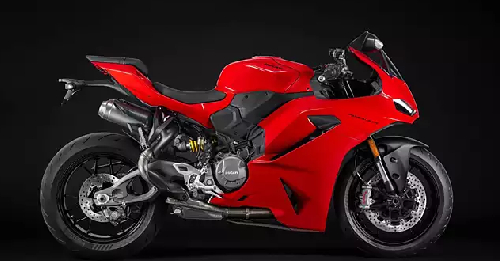
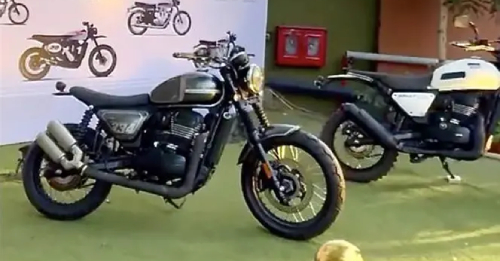

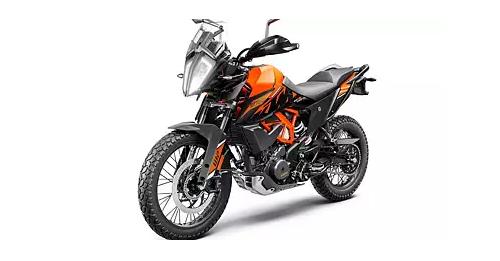









Write your Comment on